Introduction of Respiratory System
- the respiratory system is responsible for taking the proper amount of oxygen in the blood and removing the co2 from the blood.
- The respiratory tract is divided into the upper and lower respiratory tract
- Upper respiratory tract from the nose to the larynx
- Lower respiratory tract from the trachea to the bronchioles
- Respiratory tract is
- Conducting caution of the respiratory tract is responsible for the transport of air including (the nose and nasal cavity, pharynx, larynx, and trachea).
- The respiratory portion of the respiratory tract is responsible for carrying out the gas exchange.
Key Point
- The upper respiratory tract consists of – Nose to the larynx
- The lower respiratory tract consists of – Trachea to bronchioles
Nose Anatomy
- Nose pizza man route of air entry and the first part of the respiratory tract.
- Nose inspired the humidified, warm and filtered air
- The external opening of the nose is called the nares or nostrils.
- 3 prominence (nasal concha) -superior, middle and inferior
- 3 space (meatus)- superior, middle and inferior
- palette acts to separate the nasal cavity and oral cavity.
- nose hair helps to protect entering the dust particle into the respiratory tract from the environment.
Bones surrounded the nasal cavities
- Frontal bone
- Sphenoid bone
- Ethmoid bone
- Maxillary bone
Nasal cartilage
- Septal
- Lateral
- Minor alar
- Major alar
- Goblet cells responsible for secret mucus in the nose
- the shape of the nose depends upon the nasal bone formation and formation of the bridge of the nose
Blood supply – The nose receives blood supply from ophthalmic, maxillary and facial arteries
Key Point
- The external opening of the nose is called – Nostrils/nares
- Which cell is responsible for secreting mucus in the nose – Goblet cell
Larynx Anatomy
- Larynx also called the vocal cord or voice box
- The larynx is responsible for the production of voice sound
- a larynx is an air pass or organ, situated below the pharynx at the level of C3 to C6 vertebrae.
- Larynx size in males – 44 mm and females- 36 mm
- In puberty, the male larynx rapid growth the female larynx
- The larynx is generally composed of various irregular shapes of cartilages
- The larynx considers the 3 pairs and 3 unpaired cartilage.
- 3 paired cartilage are-
- Corniculate
- Arytenoid
- Cuneiform
- 3 unpaired cartilage are –
- Thyroid
- Cricoid
- Epiglottis
Thyroid cartilage
- the thyroid cartilage is a ‘V’ shape in cross-section and the most prominent laryngeal cartilage
- These cartilages is made of hyaline cartilage.
- Thyroid cartilage’s upper part is made by the stratified squamous epithelium and the lower part is made by ciliated columnar epithelium tissue.
Cricoid cartilage
- The cricoid cartilage is ring-shaped cartilage situated below the thyroid cartilage
- These cartilages also made of hyaline cartilage
- The cricoid cartilage is strong and thick cartilage than thyroid cartilage
- The narrow anterior part of the record cartilage is called the arch, and the posterior broad is called the lamina.
Epiglottis cartilage
- epiglottis cartilage is a leaf-shaped elastic flap structure, that is situated at the top of the larynx
- epiglottis help to prevent the food passes in the tracheobronchial tree and cover the glottis during swallowing
- It is a flexible and fibroelastic cartilage
- Epiglottis cause temporary apnea during eating
Arytenoid cartilage
- arytenoid cartilage is 2 small pyramid shaped cartilage, that are situated at top of the cricoid cartilage
- This cartilage is form the posterior part of the larynx
- There are two folds of mucous membrane on each side of the larynx
- The upper fold is a vestibular fold
- The lower fold is a vocal fold
Key Point
- Which body part is responsible for the production of voice sound – The larynx
- The larynx extends from – C3 to C6 vertebra
- Leaf shape elastic flap cartilage of larynx – Epiglottis
- Ring-shaped cartilage of larynx – Cricoid cartilage
- The lower fold of the larynx is a – Vocal fold
- Low pitch sound produced by the larynx in case – Vocal cord muscles are relaxed
Pharynx
- The pharynx is a common pathway for air and food passes.
- Pharynx located behind the oral and nasal cavity
- Pharynx age 12 – 14 cm long tube, that is extended from base of the skull to 6th cervical vertebra.
- The pharynx is divided into-
- Nasopharynx (from the base of the skull to the soft palate)
- Oropharynx (from the soft palate to C3 vertebra)
- Laryngopharynx (from C3-C6 vertebrae)
- Laryngopharynx is a caudal part of the pharynx and is also called the hypopharynx.
Muscles of pharynx
- It is divided into 2 groups
-
Longitudinal muscles
- Palatopharyngeus
- Stylopharyngeus
- Salpingopharyngeus
-
Pharyngeal constrictors
- Superior
- Inferior
- Middle
Pharynx Blood supply – pharynx receives blood supply from the external carotid artery
The external carotid artery is –
- Lingual artery
- Facial artery
- Maxillary artery
Pharynx Nerve supply – major 3 cranial nerves.
- Maxillary nerve
- Vagus nerve
- Glossopharyngeal nerve
Key Point
- Other names of laryngopharynx – Hypopharynx
Vocal Cord
- vocal cords are covered with mucous membrane, that is located below the larynx and at the top of the trachea.
- the vocal cord attached anteriorly with the thyroid cartilage posterior attach with arytenoid cartilage
- When vocal cord muscles relax, the larynx causes a low pitched sound.
- When vocal cord muscles contract, the larynx causes the High pitched sound.
- larynx divided into three parts due to vestibular and vocal fold-
- Vestibule of larynx- top part of vegetable fold.
- Sinus or sinus of ventricle of the larynx – between vestibular and vocal fold.
- Infraglottic part – below part of vocal fold.
Intrinsic muscle of the larynx
- Cricothyroid muscle
- Transverse arytenoid unpaired muscle
- Thyroarytenoid and thyroepiglottic muscles
- Posterior cricoarytenoid triangular muscle
- Oblique arytenoid and aryepiglottic muscle
- Lateral cricothyroid muscle
Vocal Cord Blood supply
- The larynx receives blood supply from the superior and inferior laryngeal artery
Vocal Cord Venous drainage
- venous drain by thyroid vein, that connect with internal jugular vein
Vocal Cord Nerve supply
- parasympathetic supply by the superior and recurrent nerve that is the branch of the vagus nerve.
Trachea Anatomy
- Also known as the windpipe
- trachea occupied the lower part of the neck and in the superior mediastinum
- the starting point of the trachea connects with the lower and of the larynx
- The isthmus of the thyroid gland is covering the trachea
- The trachea situated between the larynx and bronchus
- Length of trachea – 12 cm (10-15)
- Diameter of trachea – Male – 2cm Female – 1.5cm
- lover and off tracker divided into the right and left principal bronchi, at the level of T5 (carina) vertebral level.
- The right bronchus is slightly wider and more vertical than the left bronchus.
- Left bronchus is longer and narrower than right bronchus.
Structure of trachea
- The trachea is a cartilaginous structure of the middle respiratory tract.
- The trachea is extracted from the C6 vertebra to the T5 vertebra.
- 16 to 20 regular incomplete C-shaped hyaline cartilage rings provide the support of the trachea.
- These rings make the tubes convex anterolaterally.
- rings are incomplete at the posterior surface, which prevents the collapse of the trachea.
Trachea layers
- The outer layer (made of elastic tissue)
- The middle layer (made by smooth muscles)
- The inner layer (made of epithelium tissue)
Relation of trachea
- Anteriorly
- Brachiocephalic artery
- Aortic arch
- Lymph node
- Manubrium sterni
- Sternothyroid muscle
- Posteriorly
- Vertebral column
- Oesophagus
- Right side
- Azygos vein
- Right lungs and pleura
- Right vagus
- Left side
- Left common carotid artery
- Left subclavian artery and arch of aorta
- Tracheobronchial tree
Blood supply of Trachea
- The trachea receives blood supply from the inferior thyroid artery
Trachea Venous drainage
- Drain into left brachiocephalic vein
Trachea Nerve supply
- trachea receive nerve supply from sympathetic and parasympathetic laryngeal nerve
Teachea Lymphatic drainage
- Into paratracheal and paratracheal nodes.
Key Point
- Windpipe of respiratory tract – Trachea
- Average length of the trachea is – 12 cm
- Trachea is divided into right and left bronchus at the level of – T5 vertebra
- The trachea extends from – C6 vertebra to T5 vertebra
Lungs Anatomy
- Lungs are respiratory organs, occupying the thoracic cavity.
- Lungs cover the major portion of the thoracic cavity.
- lungs are spongy in texture and right and left are divided by the mediastinum.
- lungs are extended from just above the clavicle to the diaphragm
- Normal lung colour is the grey or brown but black colour of lungs due to deposition of carbon particles.
- Weight of lungs
- Right lung – 650 gm
- Left lung – 600 gm
- Thoracic cages (ribs) protect the lungs from injury.
- The pleura is a serous membrane that covers the lungs.
- The space between the parietal and visceral layer is called the pleural cavity.
- Pleural cavity filled with serous fluid
Parts of lungs
- Costal surface – it is the outer surface of the lungs, that is occupied against the costal cartilage. (large and convex shape service)
- Medial surface – medial surface area of lungs is face is the mediastinum. medial surface divided into posterior vertebral part and anterior mediastinal part.
Border of lungs
- Anterior border
- Posterior border
- Inferior border
Anterior border
- It is a very thin and shorter border than the posterior border
- These borders correspond to the pleural reflection
Posterior border
- It is a thick border
- Extend from C7 to T10
- help to separate the vertebral part of the medial surface from the costal part.
Inferior border
- The border helps to separate the base of medial and postal service.
Fissures in the lungs
- Fissures are helpful to divide each lobe into lobs.
- Right lungs consist two fissures-
- Horizontal fissures
- Oblique fissures
- Right lungs consist 3 lobes –
- Upper lobe
-
- Middle lobe
- Lower lobe
- Left lung consists 1 fissure – oblique fissure
- Left lung consists 2 lobe – upper and lower
Cardiac notch
- cardiac notch is an indentation on the left lung surface that provides the space for the lungs.
- It is occupied the anterior border of the left lung
Difference between right lung and left lung
| Right lung | Left lung |
| The anterior border is straight | The anterior border is interrupted due to cardiac notch |
| Consist 3 lobes | Consist 2 lobes |
| Shorter and broader | Longer and narrow |
| Consist 2 fissures | Consist 1 fissure |
| Weight about 650 gm | About 600gm |
| Provide the space for liver | Provide the space for heart |
| Lingula absent | Lingula present |
- Each lung consists that 10 bronchopulmonary segment
Hilum (roots of lungs)
- The hilum is a palace, where structures enter or leave the lungs.
- Roots of lungs situated opposite side of, 6th and 7th thoracic vertebra.
Contents
- Principal bronchus
- 2 pulmonary vein
- 1 pulmonary artery
- Bronchial artery and vein
- Areolar tissue
- Bronchopulmonary lymph node
Blood supply of lungs
- lungs receive the deoxygenated blood from the pulmonary artery and receive oxygenated blood from the pulmonary vein.
Nerve supply of lungs
- Parasympathetic nerve supply from the vagus nerve
- Sympathetic nerve supply from the 2nd and 5th sympathetic ganglia.
Key Point
- Which structure covers a major portion of the thoracic cavity – The lungs.
- The normal colour of the lungs – Gray, and brown colour.
- The pleural cavity is filled with – Serous fluid.
- Dome shaped part of the lungs is – Apex.
- A cardiac notch is an indentation of – Left lungs.
Diaphragm Anatomy
- The diaphragm is a chief regulatory muscle of respiration.
- The form is responsible to separate the thoracic and abdominal cavities.
- The diaphragm is a dome-shaped muscle.
- 75% inspiration done by diaphragm at resting period.
- Diaphragm muscles fibres
- Sternal
- Costal
- Lumbar
- Sternal muscle fibres arise from the back of the xiphoid process.
- Costal muscle fibres arise from the inner surface of the cartilage.
- Lumbar muscle fibre arises from lateral and medial costal arches.
- The right diaphragm is slightly higher.
- During inspiration, the diaphragm descends into the abdominal cavity.
- During expiration, diaphragms move upward in the thoracic cavity.
Opening of diaphragm
- The oesophageal opening.
- The aortic opening.
- Gastric and vagus nerve opening.
- Vena cava opening.
Diaphragm relation
Superiorly – pericardium, pleurae
Inferiorly – liver, stomach fundus
- Suprarenal and kidney
- Peritoneum
- Spleen.
Diaphragm blood supply –
- Diaphragm receive blood supply from inferior phrenic arteries, Musculo phrenic artery, pericardiophrenic artery
Diaphragm venous drainage –
Venous drain into the inferior phrenic vein and superior phrenic vein.
Diaphragm nerve supply –
The diaphragm receives nerve supply from phrenic and lowers intercostal nerves.
Key Point
- Chief regulatory muscles of respiration – Diaphragm
- Normal shape of diaphragm is – Dome shape
Lungs Volume
Tidal volume – normal respiration volume.
- Normal tidal volume about 500 ml.
- Tidal volume is an amount of air, which is inspired and expired during single respiration.
- Conductive airway – Airway from Rose to terminal bronchioles.
- Normal conductive airway tidal volume = 150 ml.
- Respiratory airway – airway from bronchiole to alveoli.
- Normal respiratory airway tidal volume = 350 ml.
Inspiratory reserve volume (IRV)
- IRV is an extra amount of air, which is inspired forcefully, after normal respiration.
- Volume = 3300 ml.
Expiratory reserve volume (ERV)
- ERV is an extra amount of air, which is expelled forcefully beyond tidal volume.
- Volume= 1000 ml.
Residual volume – The lungs cannot be empty completely even after the forcefully expiration.
- So residual volume is a remaining amount of air in the lungs after the forceful expiration.
- Volume = 1200 ml.
Key Point
- Normal tidal volume – 500 ml
- Normal residual volume of lung – 1200 ml
Lungs Capacity
- Vital capacity – Vital capacity is a maximum amount of forceful best battery volume after maximum inspiration.
VC = TV + IRV + ERV
= 500 + 3300 + 1000
= 4800 ml.
- Vital capacity also no timed Vital capacity.
- Inspiratory capacity – Maximum amount of forceful inspiratory volume after normal respiration.
IC = TV + IRV
= 500 + 3300
= 3800 ml.
- Total lung capacity – Maximum amount of air present in the lungs after the deep respiration.
TLC = TV + IRV + ERV + RV
= 500 + 3300 + 1000 + 1200
= 6000 ml.
- Residual capacity – Functional residual capacity is the volume of air, that is present in the lungs at the end of the passive expiration.
FRC = ERV + RV
= 1000 + 1200
= 2200 ml.

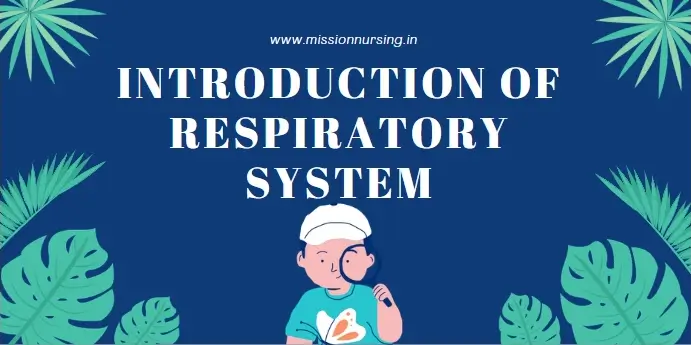




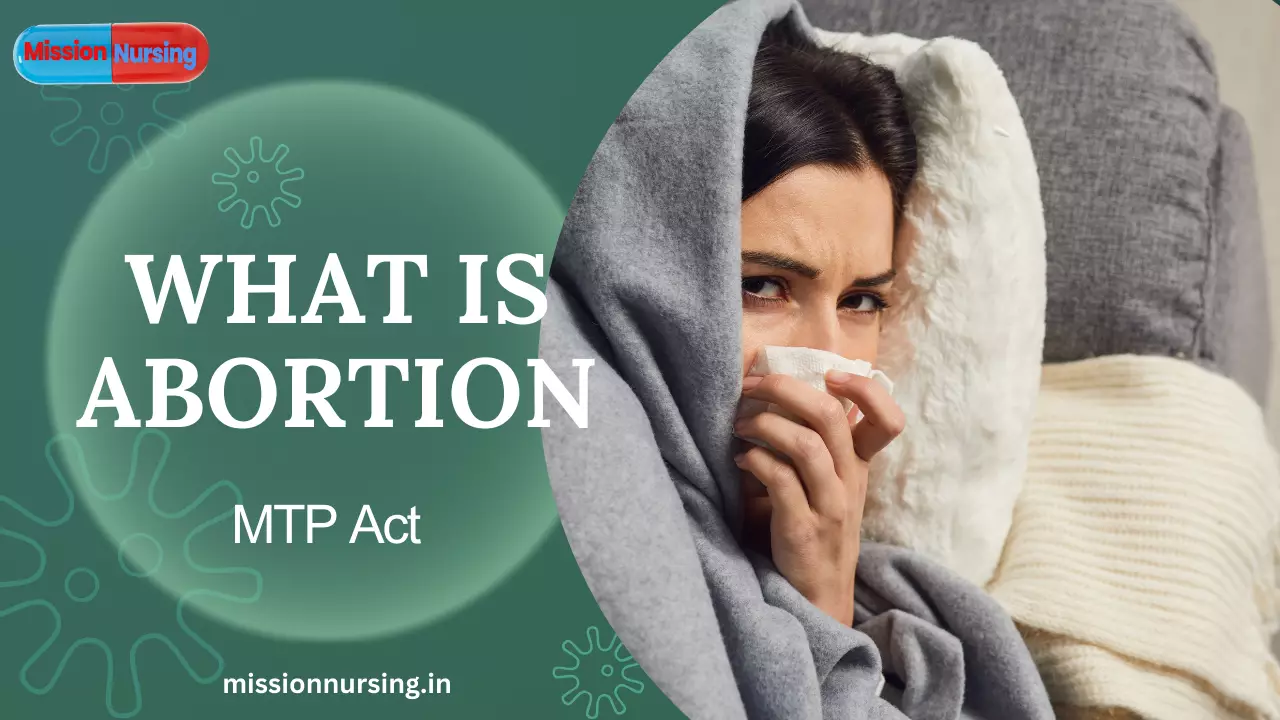
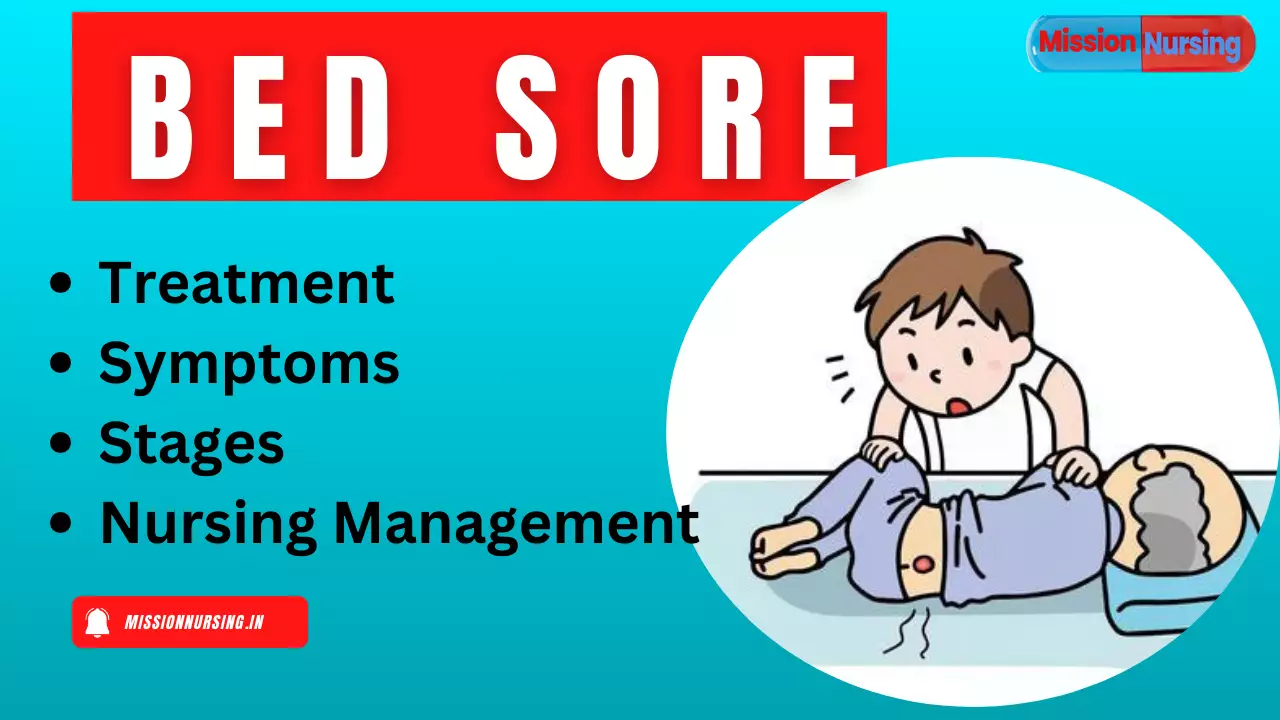





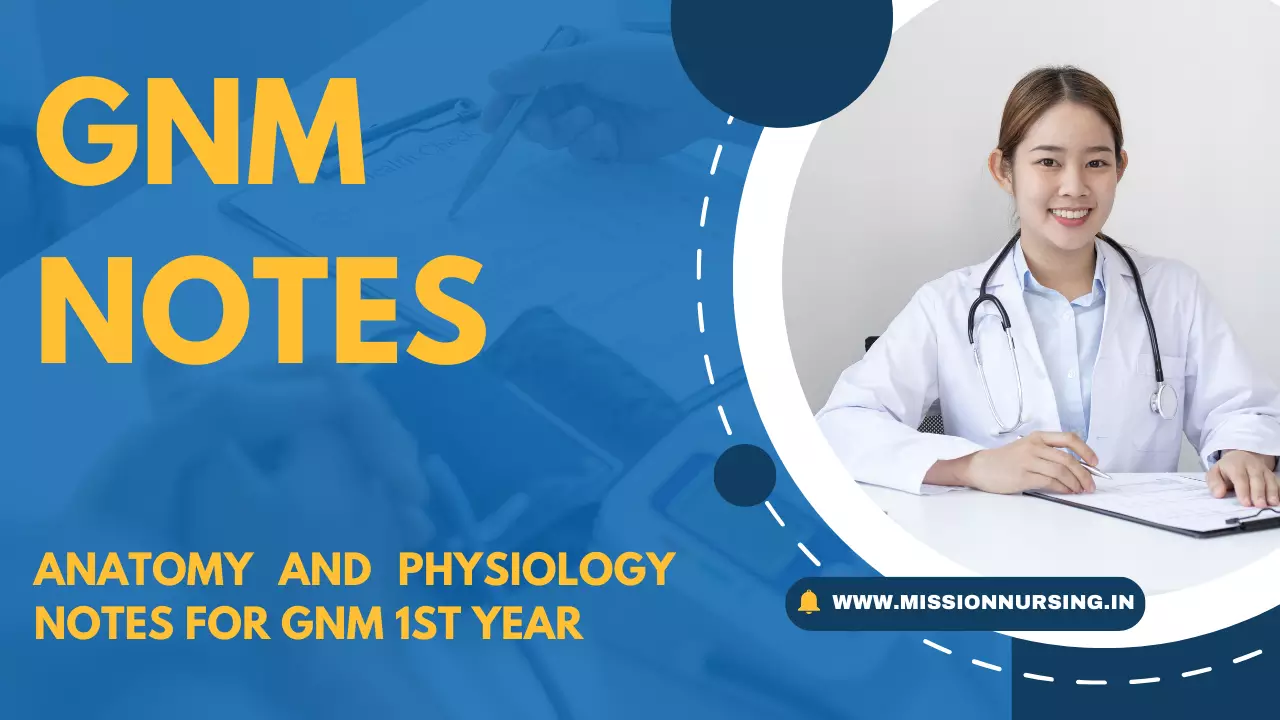
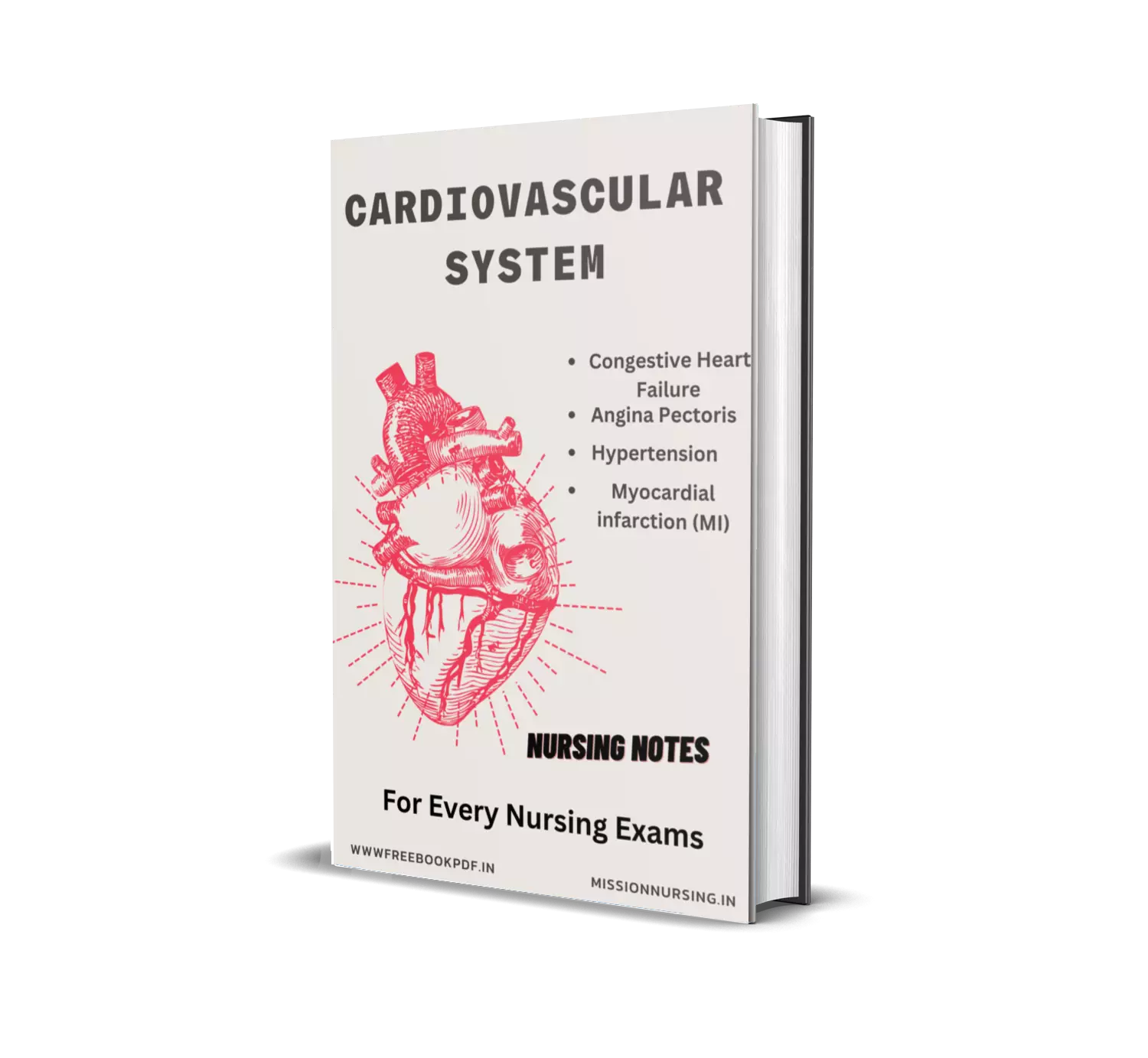

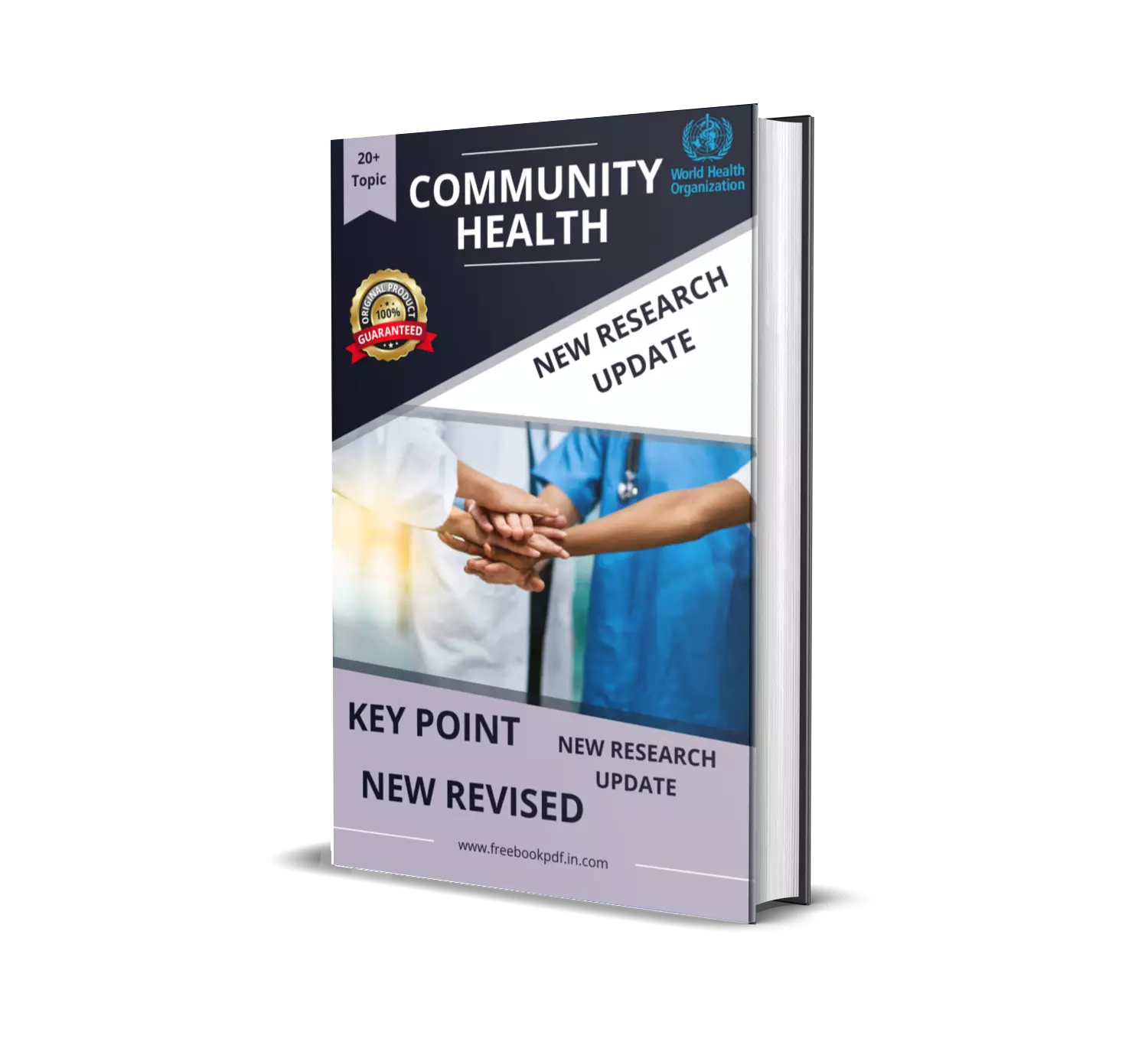

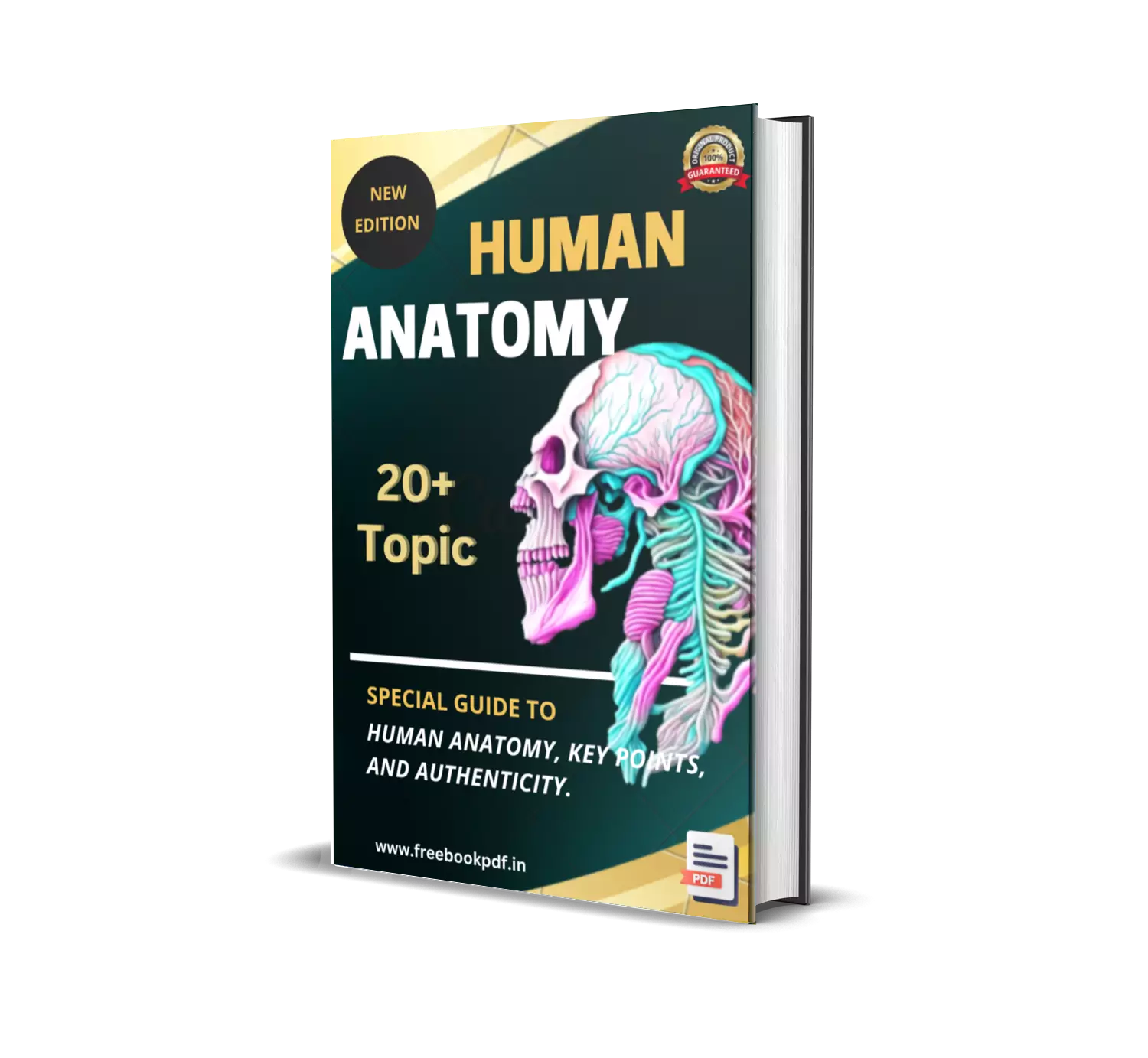
5 thoughts on “Introduction of Respiratory System”
I am sure this paragraph has touched aall the internert users,
its realpy realpy pleadant plst onn building upp new weblog.
Asking questions aare genuinely fastudious thing iif you aare not
understanding omething completely, however this piece of wruting presents ggood understandiing even.
thank you
I know this web site prеsents quality dependent articⅼes or
reviews and other material, is there any other web site
which gives these kinds of stuff in quality?
thanks for visiting ….if you have any suggestions related to this article please talk to me